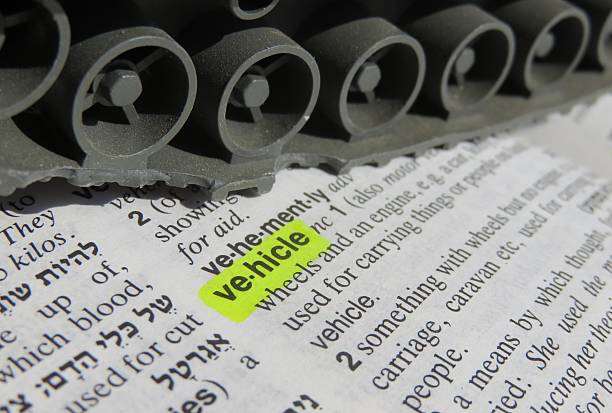
Used car buying can sometimes feel like it’s operating in a language of its own. Gap insurance, loan-to-value, negative equity... understanding all the terminology thrown at you can be daunting.
Here at Dells Auto, our aim is to make car buying as simple as possible. For that reason, we’ve assembled this convenient dictionary to break down some of the auto jargon you’ll encounter on your car buying adventure.
A down payment is a lump sum of money you give the dealer upfront before buying the car. At virtually all buy here pay here (BHPH) dealerships, a down payment is required to get approved for a loan. If you’re able to put down an amount larger than the required mimimum, you'll pay lower monthly payments moving forward.
A down payment at a BHPH is typically around 20% of the car’s selling price. Since BHPH dealers rarely run credit checks, this amount may be higher than at other dealerships, to help mitigate the sellers’ risk. The silver lining? A higher down payment means lower interest rates for the duration of your loan.
Gap insurance – also known as loan gap coverage – is an optional car insurance coverage. In the event that your car is damaged or stolen and you owe more than the car’s depreciated value, gap insurance is there to help cover the difference. It's called gap insurance because it helps bridge the financial gap between the depreciated value of your car and what you still owe on it.
Because the average used vehicle depreciates quickly – 20% after driving it off the lot and 10% in the first month of ownership is the general barometer – it's not unusual to owe more on a loan than your vehicle is worth, making gap insurance a vital investment.
Interest rates – or simply loan rates – are what you’re charged every month as part of your loan agreement. A percentage of the total loan, interest rates represent what you pay monthly in addition to the base amount. Many buyers choose to finance with longer-term loans in order to reduce interest rates, with the average loan landing somewhere between 70-80 months.
A loan-to-value ratio (or LTV) is the total dollar value of your loan divided by the actual cash value of your vehicle. For example: if you take out a $25,000 loan to buy a $30,000 car, your LTV would be 83%.
LTV changes over time as you pay off your loan. That can be largely attributed to the vehicle depreciating as it ages and racks up miles. LTV also naturally declines as you continue to pay off the loan, lowering the loan portion of the ratio.
Perhaps the most straight-forward term here, monthly payments are simply the amount you’re paying towards your loan every month. What’s important here are the guidelines you should follow to make sure you’re not biting off more than you can chew. The average monthly payment for used cars is approximately $533. In general, no more than 10-15% of your monthly take-home income should be spent on your monthly payments.
Negative equity is when you owe more on your car than it’s worth. For example, if your loan amount was $30,000 and you still owe $15,000 – but your car is only valued at $10,000 - $5,000 is your negative equity amount. Many factors can cause negative equity, including low down payments or putting excessive mileage on your vehicle.
To learn how you can avoid accruing negative equity, see “Gap Insurance.”
Transparency is of the utmost importance to us at Dells Auto. Our experienced staff will work with you through every step of the financing process, breaking down each component and defining each term. After all, used car buying shouln't be a convoluted experience. Schedule your test drive with us today, and drive into tomorrow with a clearer path forward.